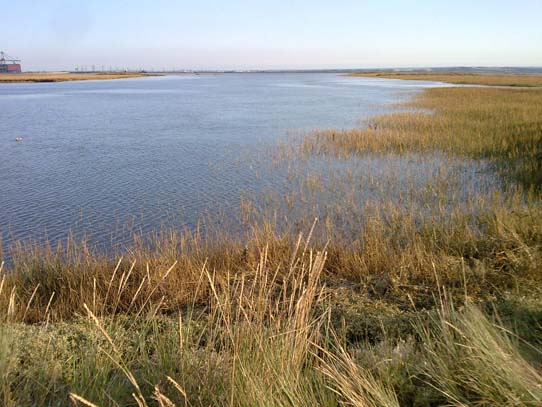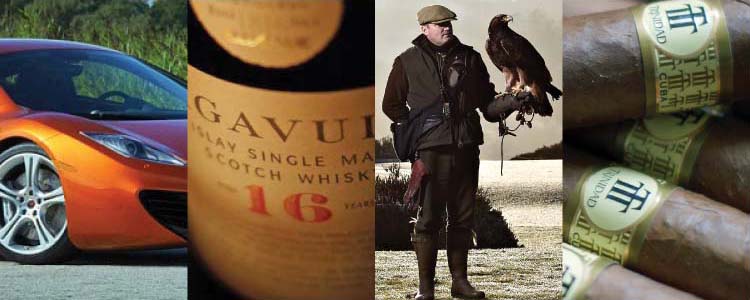The sport of wildfowling as we know it today began to evolve over 200 years ago. Things have moved on, and today there is a much reduced quarry list and a high moral ethic attached to how the sport is carried out.
High standards are maintained largely through wildfowling clubs around the country, with most estuary systems under club control. Clubs vary in size, from perhaps a score of members to the largest being the Kent Wildfowling and Conservation Association (KWCA) with 500 members.

The KWCA’s was founded in 1953, and its historic wildfowling grounds are in North Kent across Thames, Medway and Swale estuaries. Over recent years the club has expanded its areas of operation to include Mid Kent, East Sussex, Essex, Cambridgeshire and Norfolk. This allows the club to offer wildfowling opportunity across a wide catchment area.
Whilst much of the sport on offer across the club’s 13,000 acres remains over traditional inter-tidal areas in the estuaries there is now a wide diversity on offer. As well as the estuaries sport is on offer over inland marshes, river values, washland and woodland.
Species available are: duck - mallard, teal, wigeon, gadwall, shoveler, pintail, pochard, tufted, goldeneye; geese - greylag, Canada, European white-front and pinkfeet. Rough shooting offers wood pigeons and other pest species together with pheasant and woodcock. Wildfowling seasons are 1st September-20th February below the seawall and 1st September-31st January elsewhere/
Wildfowling can be a rewarding and exciting sport. The KWCA can offer wildfowling to suit all levels of expertise – from the rawest recruit to the hard-bitten expert. For those new to the sport the KWCA offers mentoring and guiding to help them through those first months until they know how to find their way around.
Membership of the KWCA includes membership of BASC. It also includes a number of areas available during the close season for airgunning only, and for rough shooting throughout the year. www.kentwildfwlers.co.uk
Wildfowling is revered for the atmospheric environment in which it is carried out. The sport has spawned a number of well known writers, who have been able to recreate the magical atmosphere surrounding the sport. Below is a taste of what wildfowling can bring to the enthusiast.
A great wind raged out of the north, piling water into the east coast estuaries in a typically dangerous manner. Such conditions really can be a serious threat to life with tides seriously affected by these abnormal conditions and the wildfowler who pays scant attention to this sort of weather may soon end up floating face down!
The flood warnings came at a time of neap tides, so as I walked out across the saltings it became obvious that the previous tide had been right up to the high ground flanking the shore – at least four or five feet above normal. Even though the next high tide was still some five hours away it was plain that the water in the channel was much higher than normal, with the first creek full and impassable.
It was very gloomy already, with the light fading rapidly; the wind roared at my back and the tide sounded disarmingly close – all in all it was the sort of scenario of which wildfowling dreams are made!
A single wigeon was almost on me before I saw it, but it fell as it passed me left-handed. Duck flying slowly into the wind can sometimes be the very devil to hit, so it was satisfying to get off the mark. A trio of mallard came across the wind with great speed before turning and dipping sharply; close enough for an easy shot, but awkward in the extreme. Eventually the second shot brought a drake spinning down to finally land well downwind. Then came a pair of wigeon, hardly moving against the fearfully gusting wind. It is so easy to misjudge and miss such targets, but this time the first shot was spot on, with the classic right and left being swiftly completed.
It was one of those flights when the light just hangs on and on; a peculiar phenomenon with the storm clouds somehow holding the light, and it is a spectacle which I have seen before. If this does occur the inevitably short time of the evening flight may be significantly extended.
Another mallard went an incredible distance on the wind and ranks as one of the best ever retrieves by this particular dog. An astonishing flight developed with duck constantly coming through against the wind. One or two shots were good satisfying kills, although there were as many horrifying misses.
With the light all but gone three birds appeared at point blank range. They seemed so close and easy, but after all those misses it was necessary to concentrate on technique and lead, and as a result two fell to the first shot and the third soon followed. Almost immediately another cock wigeon fell and with the tide now roaring in my ears it was time to beat a retreat while I still could.
The nearest shallow creek was filling with water. Hell! That meant that half the saltmarsh must be awash. Yet no need to panic - just a long detour made doubly worse by the load. That night the tide raged in across the saltings and refused to drain out properly thus forcing the abandonment of the next day’s plans.



















